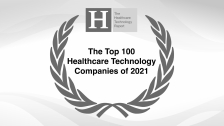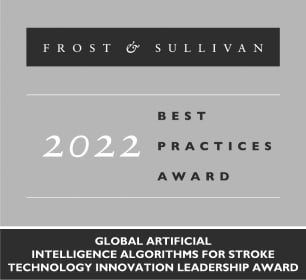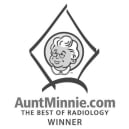Workflow Optimization and Training is a program designed to help hospitals establish customized workflows that enhance stroke and/or PE patient care. The RapidAI workflow optimization teams – Stroke-certified Registered Nurses (SCRN) and Registered Cardiovascular Invasive Specialists (RCIS) – assess and update current workflows to implement unique solutions that maximize efficiencies and reduce time to treatment.






“Rapid AI has brought together the entire stroke team on one communication platform. Emergency, Interventional Radiology, Neurology, and Critical Care services are aware of the patient treatment plan at any given time. The average thrombectomy required 10 phone calls; Rapid AI software has reduced this to 4 calls.”
“In regards to our hub and spoke model we have seen increased engagement and involvement between ED Physicians, Tele Stroke Neurologist, and Neurointerventionalists since optimization of our Rapid stroke workflow.”
“With increased engagement of all stakeholder groups we have seen significant improvement in arrival to CTA times with a best average time of 21 minutes [from 67 minutes], Door to Neuro Lab activation with a best average time of 39 minutes [from 79 minutes], and an overall reduction in Door to Device with a best average time of 41 minutes [high 114 minutes] over the past 6 months.”


